The Article
Townshend Audio’s Maximum Super Tweeters: Taking the High Road
3rd December 2016

Maximum Super Tweeters are created to reproduce high and very high frequencies to, says the company, enrich the sound from your hi-fi. Paul Rigby gives them a whirl and wonders if they really can occupy sonic territory that dome tweeters fear to tread
The Maximum Super Tweeter can be added to any speaker set-up and promises to push that speaker’s frequency response to a heady 90kHz. “But!” you cry, “We can’t hear that far so why bother?” Company boss, Max Townshend said that, “…the presence of these frequencies creates a sense of naturalness and reveals detail right down into the bass.”
I’m sympathetic about this sort of thing. There is a lot of research out there which says says that a Super Tweeter should be a ‘good thing’. In fact, there’s a whole heap of research out there in terms of investigating human hearing above accepted levels. Some of it states that we, as humans, do indeed have an ultrasonic perception (possibly as a legacy of our evolutionary developent) and that it does make a difference to our listening enjoyment. Witness the papers via M. L. Lenhardt et al (1991), Human Ultrasonic Speech Perception, Science, vol 253, p82, July 1991 and T. Oohashi et al (1991), High-Frequency Sound Above the Audible Range Affects Brain Electric Activity and Sound. There’s also the There’s Life Above 20 Kilohertz! Caltech paper from James Boyk.
The results of that research (and a whole lot of extra material pertaining to this and other, associated research) are way too extensive and detailed to be printed here but those who have a yen for this sort of thing can talk directly to Townshend Audio. I’m sure, if you ask very nicely and say please a lot they can whisk over the relevant detail.
More than the human hearing research, there is also the mechanical element as Max Townshend explained, taking a humble CD as an example, “Even though a CD cannot produce information above 20kHz, Maximum Supertweeters make the format sound more natural and reveal a wealth of extra detail when compared with dome tweeters. This is because of the much faster response of the ultra-light ribbon diaphragm when compared with the much slower response of a relatively heavy dome assembly.”
So, there’s a lot going on here. As can you surmise.
Offering a lack of coloration and rather impressive lateral dispersion, ribbon drivers are perfect for high-frequencies. Physically, the Maximum Super Tweeter sits in a vented (To maintain a constant pressure? Surely the vent has noting to do with temperature?), polished stainless-steel case with the corrugated ribbon sitting behind a metal grille along with damped magnets and a seated transformer.
Around the rear is a level control that provides a choice of seven different electrical sensitivities, from 74db to 89db.
You will find a lot of cryogenically treated copper inside the chassis and within the 1.5m Litz cables supplied with it. You’ll also find 4mm banana plugs at one end and piggy back-type bananas at the other. That is, you plug your Super Tweeter into your speakers and then you plug you speaker cables into the rear of the Super Tweeter plugs. Ingenious.
SOUND QUALITY
To begin the sound tests I attached the Super Tweeters to the top of my Quad 57s using a supplied pair of metal holders that allowed the Tweeters to rest on the top of each frame, placed centrally.
This would be a tough task for the Super Tweeters. Strike that. There is no tougher task. Why? Because my Quads have been upgraded with far superior panels from One Thing Audio. They offer all of the music from the original design but can be pushed harder without blowing up and give the Quads a wholly new musical direction. Before I used the Townshend Tweeters, I was of the opinion that these Quads didn’t really need Super Tweeters. That was the difficult task facing these Townshend Audio products. Hence, if they worked well here, they will work well anywhere.
Initially, I turned to a favourite testing track from the prog outfit, Camel. Song Within a Song has the dynamic energy of a rock track, yes, but it also features plenty of charismatic analogue synth work – especially in the mid section – while there is a series of strong percussive elements including a series of delicate cymbal rhythms throughout. Hence, there is a real blend for any hi-fi component to work on.
To begin, I reached behind for that control level and set the Super Tweeters on ‘6’, the maximum figure, just to see what happened. As you might expect, the upper mids hardened, producing a forward and strident sound that was rather unpleasant. Hence, I backed off steadily until I found that happy medium for my system. Despite the suggested advice of ‘4’ as a starter setting, from the company, I danced between ‘2’ and ‘3’ and eventually settled upon ‘3’ as ideal for my system and my room. You might find that another setting better suites your hi-fi chain. That’s the benefit of the setting knob, though, it allows you to shape the Super Tweeter sound to best fit your own system.
Once I had found my setting, I sat back for a serious listen. What the Super Tweeters offered was an enhancement within the upper frequencies. This enhancement was present in the most obvious of areas, the cymbal work which was certainly more present in the arrangement than before, offering a crisp and brassy effect with every strike. There was more than that, though. It also affected slightly surprising areas such as the vocal harmonies, specifically the counterpoint harmony on the lead vocal. Here, I could clearly hear a vibration effect on this quiet counterpoint which not only enriched the vocal itself but, to be honest, improved the somewhat dour early presentation of the vocal. Now, that vocal had more presence and vitality.
In addition, the rhythm line offered by the guitar sequence in the introductory portion of the music was also more present and obvious, more ’visual’, as it where instead of what it was before, a sort of sonic wallpaper. Meanwhile, the glide effect of the lead guitar, a high pitched sequence, was now soaring and floating.
Turning to Ella Fitzgerald, her Sings Broadway LP and the track, Hernando’s Hideaway, the xylophone effect at the start of the song added a new crisp element to the upper mids plus an enhanced precision. For the castanets, it was the same story, they offered a light and bouncy feel. Meanwhile, the later entrant of the brass section via the orchestral background was both clean and exuded clarity. As you might expect, of course, the percussion was brimming with new focus while cymbal work gave me a brassy and wholly metallic response, giving an open and incisive output.
Despite the improvements, it is arguable that the Quad ESL-57s needed the services of a pair of Super Tweeters less than most conventionally designed speakers (despite the fact that I could hear sonic improvements with the 57s) so I switched to a pair of Acoustic Energy Radiance One speakers and placed the Super Tweeters on top of each, quickly followed by a pair of Spendor S3/5R2 speakers: both are stand-mounters.
The result? Read the results for the Quad 57s above and multiply the positive effects by a factor of 10. The boxed speaker design is where the Super Tweeter really comes their own. Where the Tweeters improved the sonics of a pair of 57s, they truly transformed the sound quality of a pair of boxed speakers offering a performance that was more involving and cohesive in terms of the arrangement across the soundstage. For both the Ella vocal jazz track and the prog rock from Camel, the presentation was incredibly complex and far richer in terms of maturity and the expansive nature of the upper frequencies but also the added layers in this area that gave the entire presentation a sense of richness and involvement.
The brass section of the orchestra on the Ella Fitzgerald track was warmingly abundant and complex with stunning playback of secondary percussion from the xylophone and castanets that give the music a crisp snap that added pace and drive to the music. Meanwhile, the cymbal work on the Camel track was airy and open, giving the treble and upper midrange a new dynamic reach. Much of the synth work too was also more noticeable and intricate in terms of the noticeable detail.
CONCLUSION
No matter what type of speaker you currently run and no matter what the price too (these Super Tweeters are not just for your expensive models, they can be very successfully utilised for sub-£1,000 models), a pair of Super Tweeters should be demoed as a valid and solid upgrade. Electrostatic designs love them but boxed speakers, especially, benefit from added finesse in terms of detail retrieval and transparency that can often transform a track, adding new levels of dimensionality.
TOWNSHEND AUDIO MAXIMUM SUPER TWEETERS
Price: £899
Tel: 0208 979 2155
GOOD: upper midrange detail, crisp and responsive treble, richly populated soundstage
BAD: nothing
RATING: 8
REFERENCE SYSTEM USED
Origin Live Sovereign turntable
Origin Live Enterprise 12” arm
Transfiguration Proteus cartridge
Leema Essentials CD player
Icon Audio PS3 phonostage
Aesthetix Calypso pre-amp
Quad ESL-57 speakers with One Thing upgrade
Spendor S3/5R2 speakers
Acoustic Research Radiance One speakers
Vertex AQ & Atlas cabling


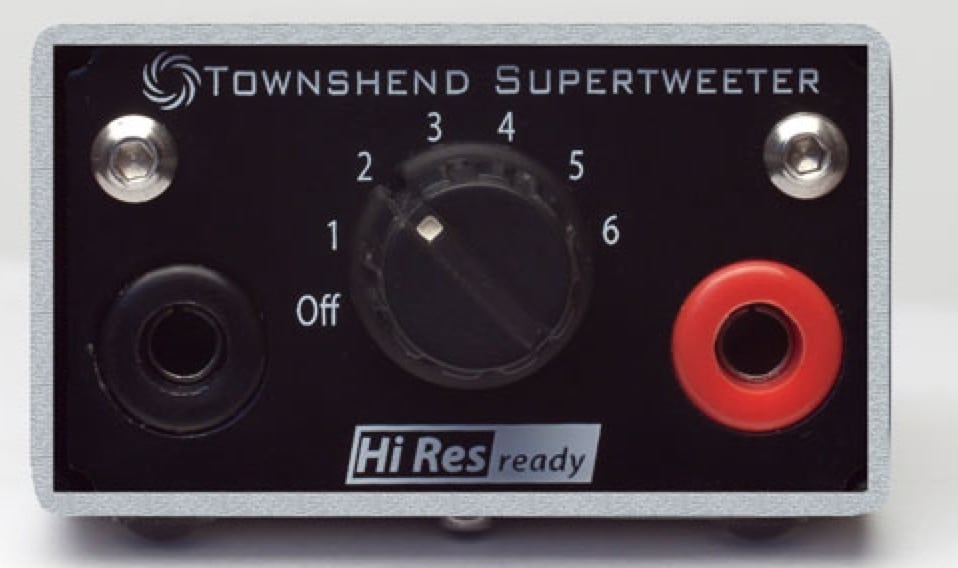
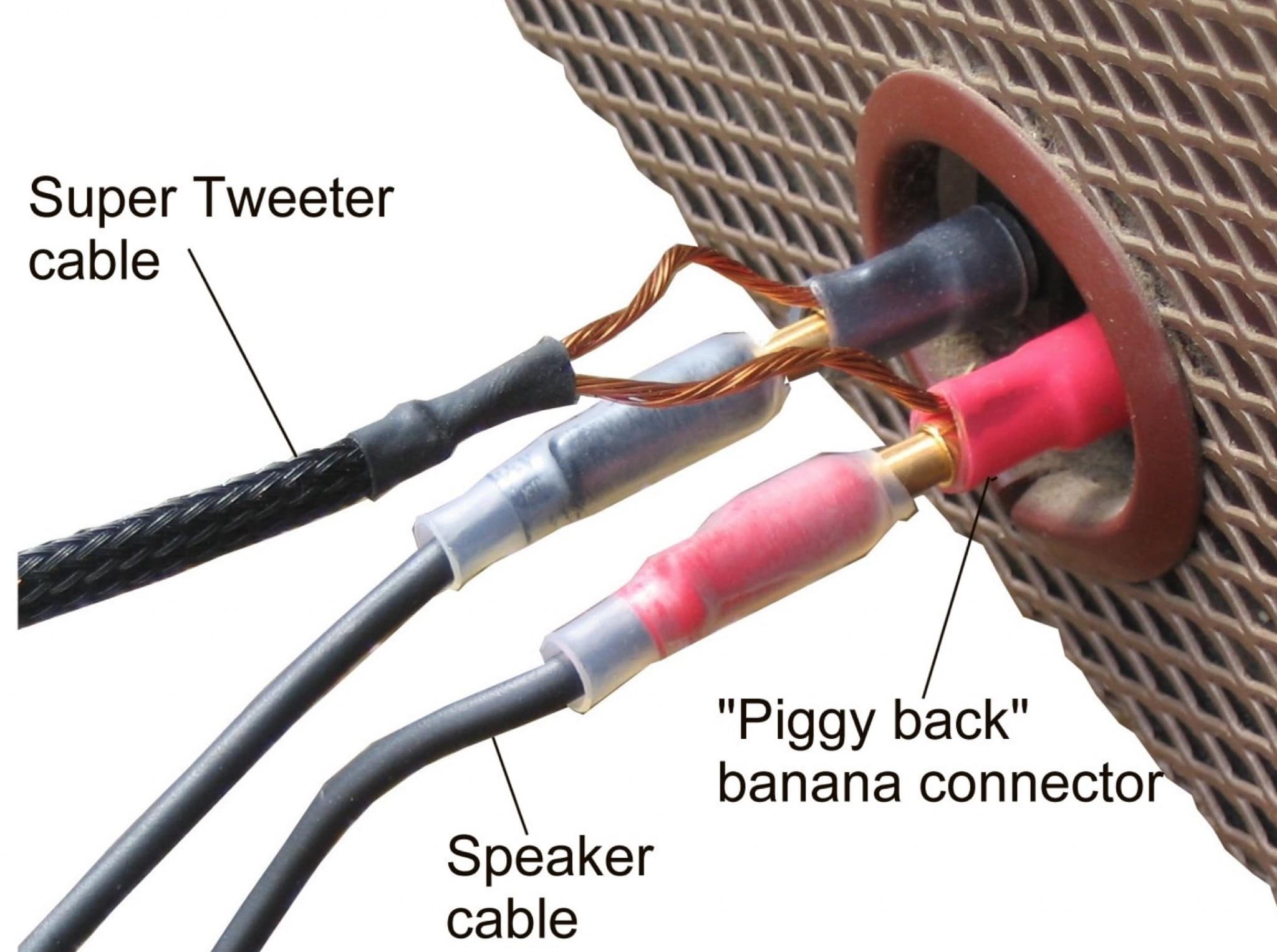
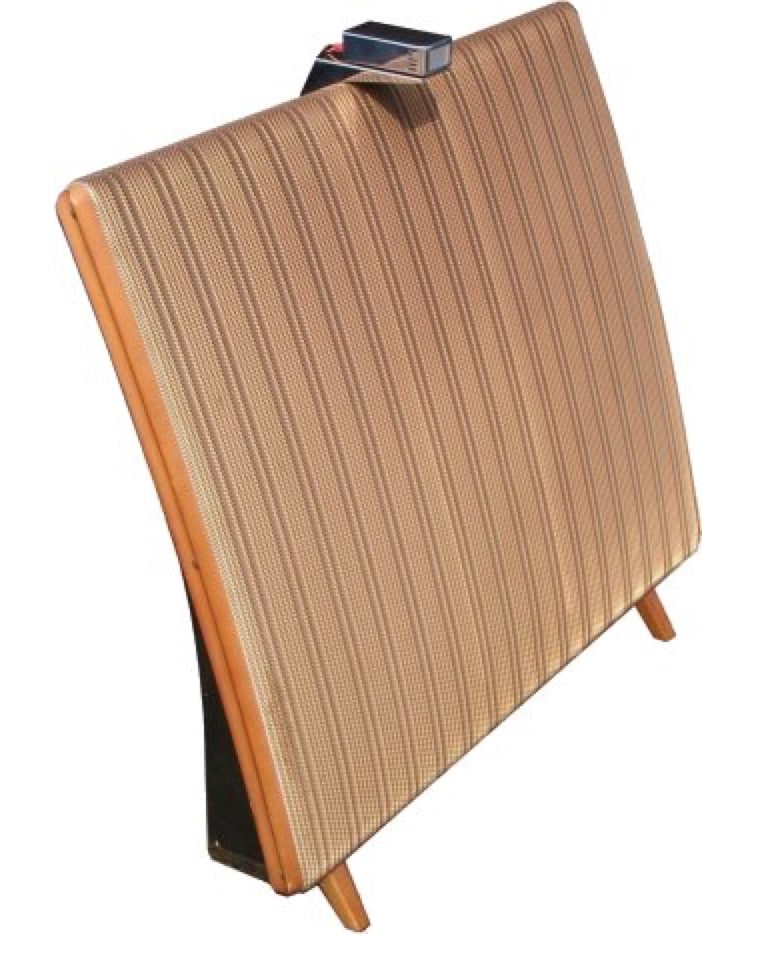
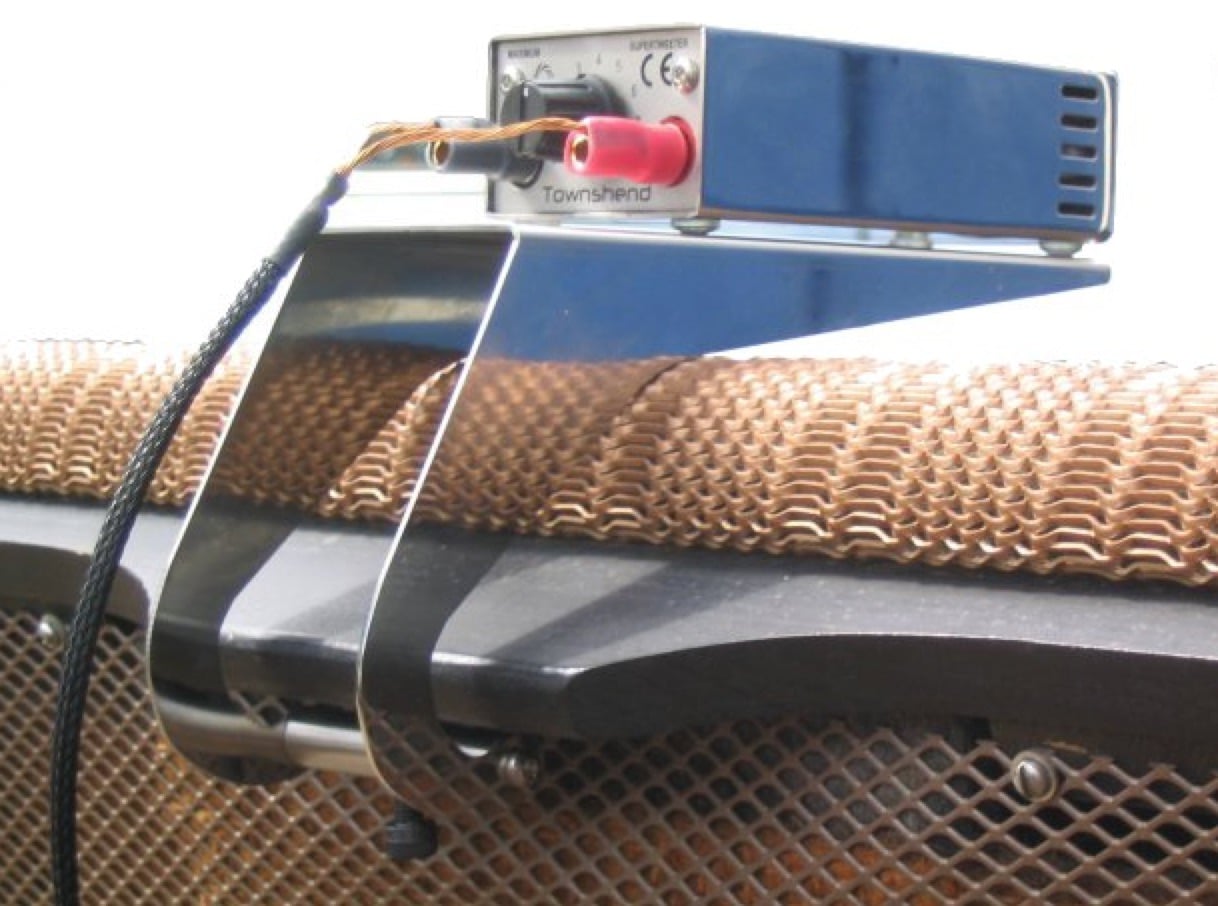
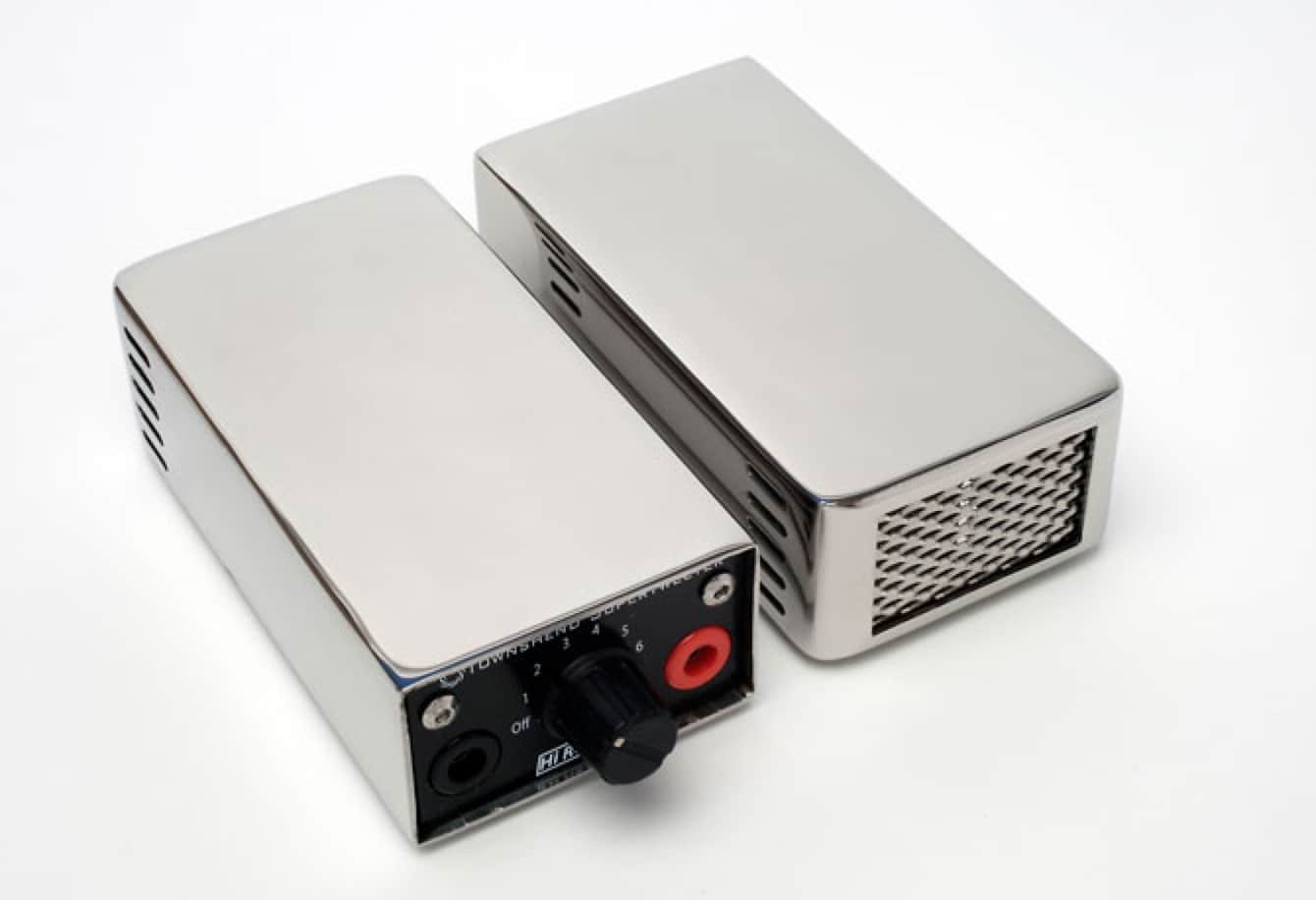
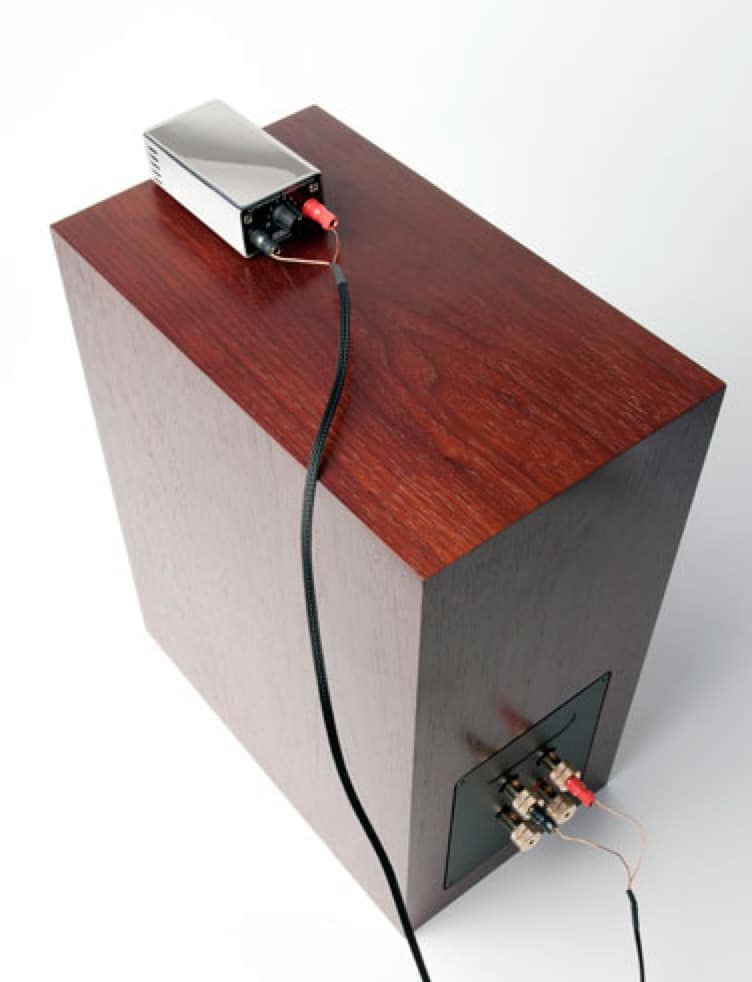
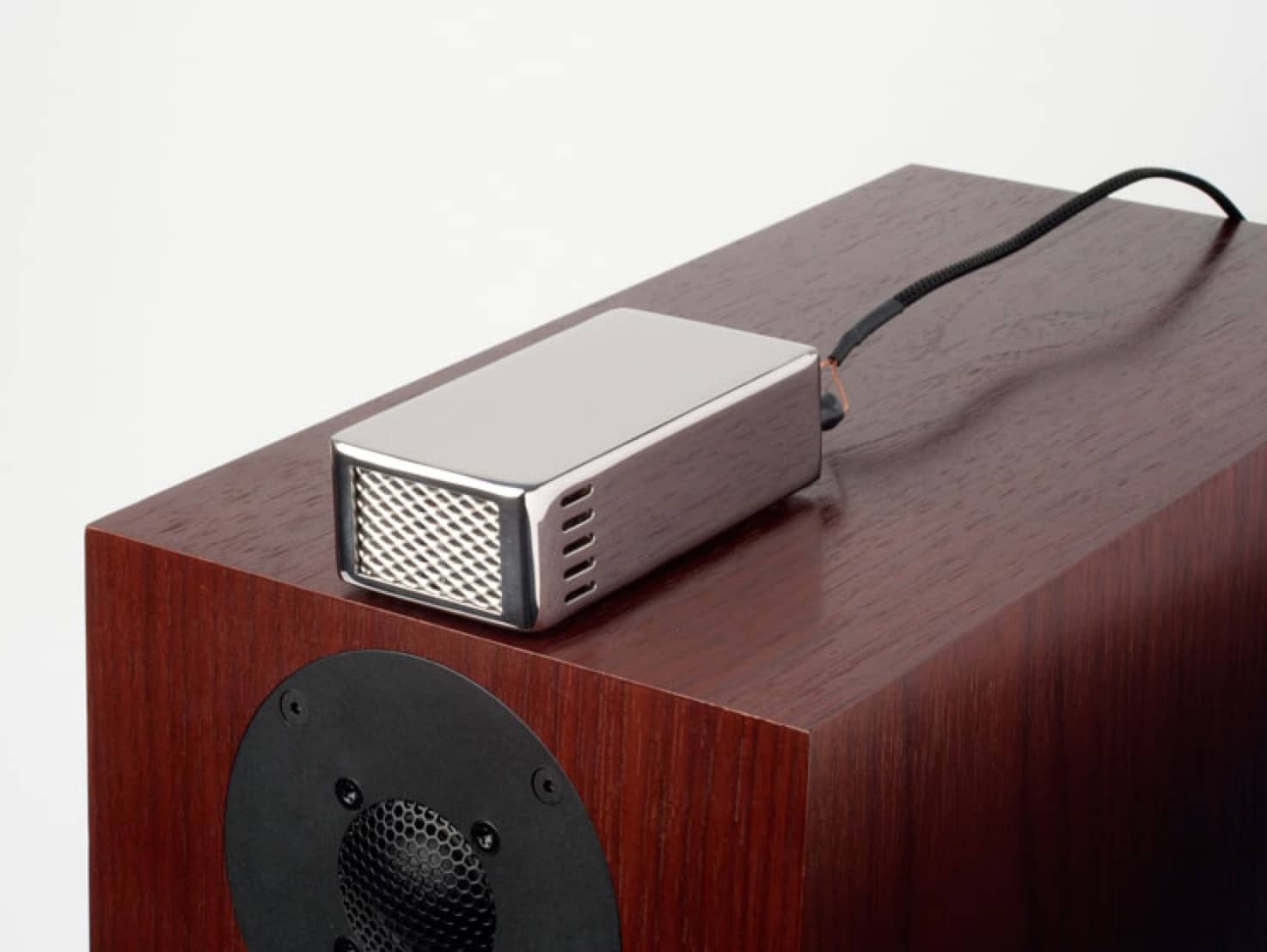

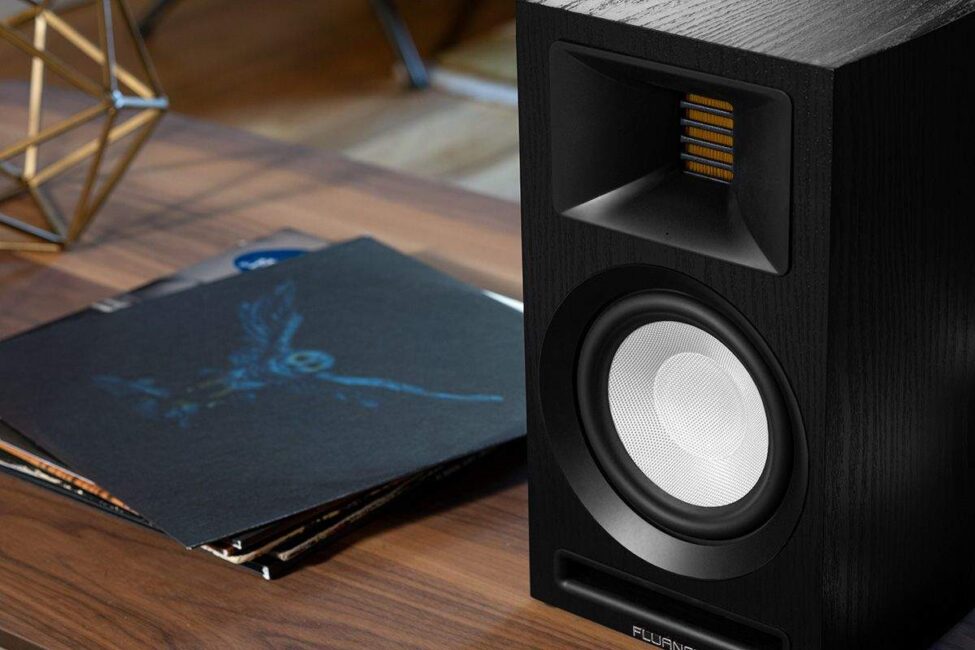

Didn’t RadioShack have a cheap in house version? http://diyaudioprojects.com/Drivers/40-1310/40-1310.htm
Fascinating, Dave! Thanks for posting the link 🙂
Absolute nonsense. No playback medium can deliver frequencies anywhere near this, which doesn’t matter anyway, because human beings are incapable of detecting them anyway. You’ll get the same ‘performance’ if you rest a cupcake on top of your speaker.
Being a biologist (so very sceptical) I tried a much cheaper pair of supertweeters, they go up to 40 KHz. They shouldn’t make a difference to the sound, particularly with my ageing ears and digital sources. Erm, they do! As explained in your article the feel of the music is greatly enhanced along with the soundstage. What surprised me most was the impact on the first attack of notes (esp piano) and the absolute rasp on stringed instuments when played against the grain of the bow strings. Going to get the Townsends nowüòÄ
Thanks for sharing your experiences, Philip.